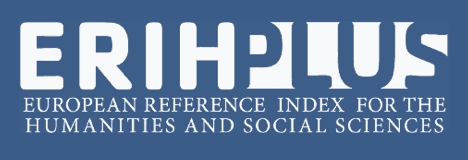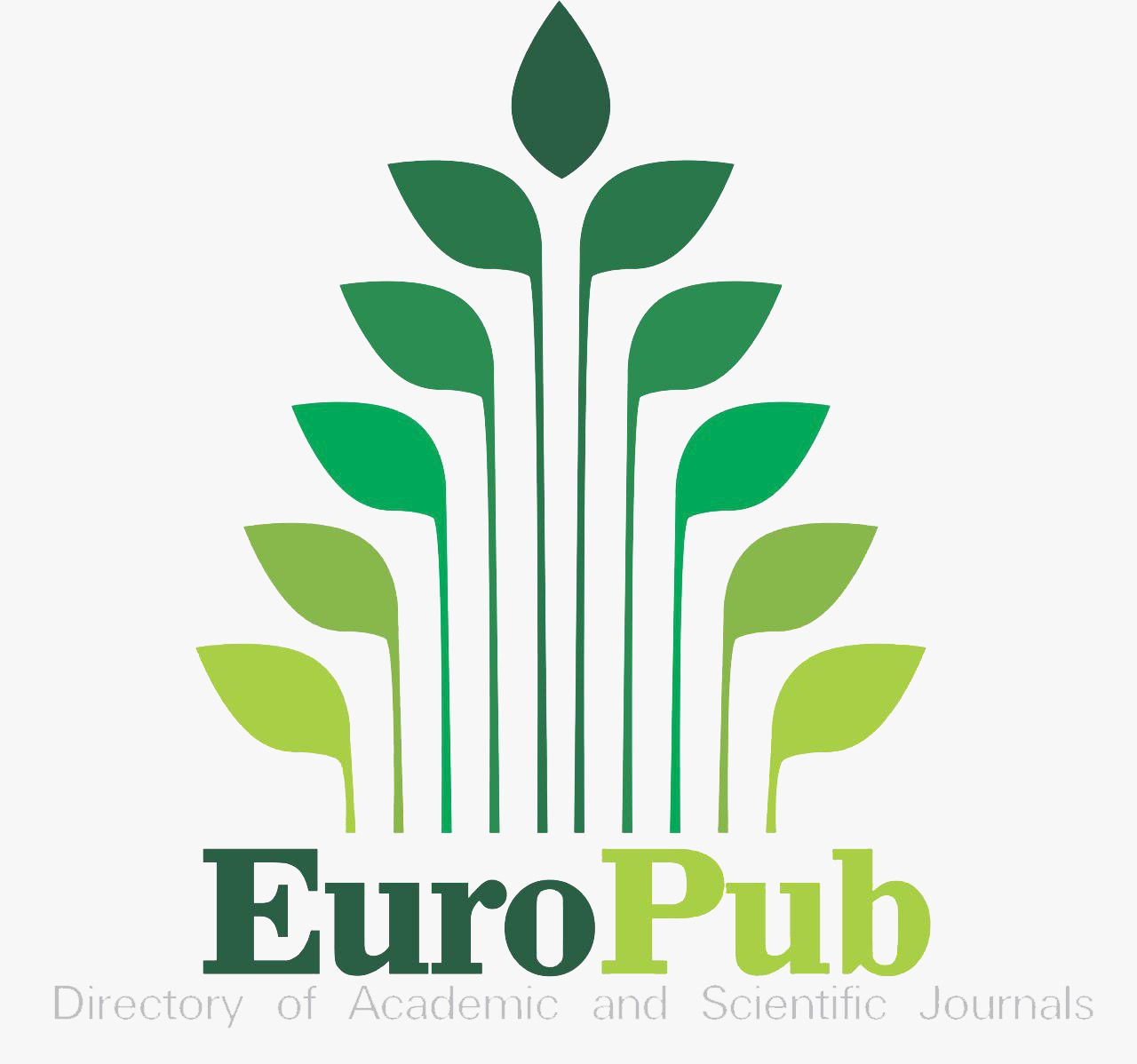Absolute and Relative Valuation Models to Accommodate Pre-IPO Appraisal of an Airport Authority: A Case Study of PT. Angkasa Pura II Persero
Abstract
The study had firstly scanned the PT. Angkasa Pura IIs external industry through the help of PESTEL framework and Porters Five Forces. The internal business was then assessed by using the VRIN framework and the financial ratio analysis. The study proceeded to look into the perspectives of both the absolute and relative valuations of the company. Absolute valuation models were to uncover the companys underlying, sole value as a firm of its own and had employed the FCFF and three-stage DDM models as the courses. Relative valuation models were to stage market perceptions on the firm value and had taken advantage of the forward P/E and EV/EBITDA multiples as the courses. Both absolute and relative valuation models developed for this study had fundamentally concluded that Angkasa Pura II could very well raise more capital than what had been intended to. The study significantly leaned more towards the absolute valuation models than the counterparts. The absolute valuation models had additionally prompted significantly high intrinsic value for the company, which in return should appeal to prospective investors to purchase the companys stock at a high initial price.

This work is licensed under a Creative Commons Attribution-NonCommercial 4.0 International License.













.jpg)








